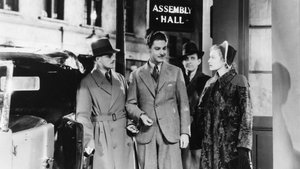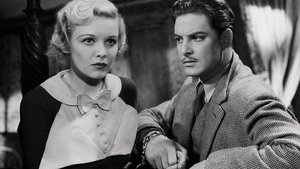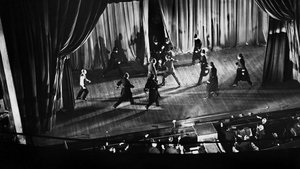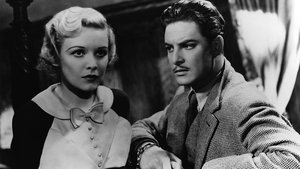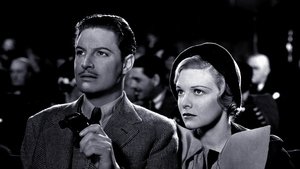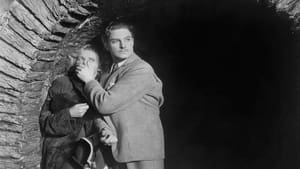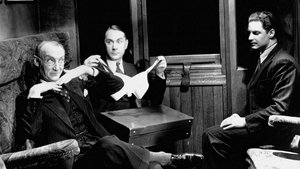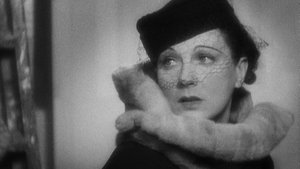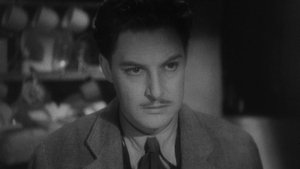Video Sources 0 Views
- Watch trailer
- The 39 Steps 1935 Colorized

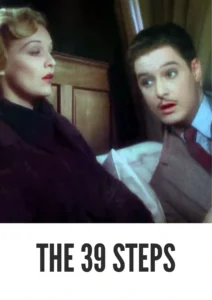
Synopsis
Table of Contents
ToggleOn the Run with Hitchcock: The 39 Steps (1935) in Dazzling Color

Immerse yourself in the thrilling world of Alfred Hitchcock with The 39 Steps, a captivating spy adventure from 1935, now beautifully colorized for a modern viewing experience. Starring Robert Donat, this film delivers a suspenseful blend of mystery, action, and romance as an innocent man is thrust into a dangerous game of espionage. Perfect for fans of classic cinema and those seeking a taste of Hitchcock’s early brilliance, this HD download brings a timeless tale of intrigue to your screen.
The 39 Steps Storyline: A Chase Across Britain
The 39 Steps follows Richard Hannay (Robert Donat), a Canadian civilian in London, who becomes embroiled in an international spy ring after a mysterious woman is murdered in his flat. Accused of the crime, Hannay goes on the run to evade the police and uncover the truth behind a conspiracy known only as “The 39 Steps.”As Hannay flees across the Scottish Highlands, he encounters various characters, including Pamela (Madeleine Carroll), a beautiful woman who initially mistrusts him but eventually becomes his ally. He must outwit both the authorities and the spies, using his resourcefulness and courage to clear his name and prevent a dangerous secret from falling into the wrong hands. The film culminates in a thrilling confrontation, showcasing Hitchcock’s mastery of suspense and action. Ultimately, The 39 Steps is a fast-paced and entertaining thriller that exemplifies the director’s early genius.
Movie Cast
The film features a talented cast of actors who bring this suspenseful story to life:
- Robert Donat as Richard Hannay
- Madeleine Carroll as Pamela
- Lucie Mannheim as Annabella Smith
- Godfrey Tearle as Professor Jordan
- Peggy Ashcroft as Margaret
Movie Genre
The 39 Steps falls into the genre of spy thriller with elements of adventure, suspense, and romance. Its intricate plot and atmospheric setting make it a captivating and engaging film.
Historical Context: Hitchcock’s Breakthrough
Released in 1935, The 39 Steps is considered a breakthrough film in Alfred Hitchcock’s career, solidifying his reputation as a master of suspense. The film was produced during a period when British cinema was gaining international recognition, and Hitchcock’s innovative techniques and storytelling captivated audiences worldwide. The 39 Steps remains a classic example of his early work, showcasing his developing skills in creating tension, developing memorable characters, and using visual storytelling to maximum effect.
Colorization Details
This colorized version of The 39 Steps has been meticulously restored using modern digital techniques, enhancing the visual appeal while preserving the film’s original atmosphere of mystery and suspense. The colorization process involved carefully analyzing the grayscale tones of the original black and white footage and assigning appropriate colors to each scene. While the specific software used remains proprietary, the techniques employed included advanced algorithms for color palette selection and image enhancement. This painstaking process brings new life to the characters and settings, making the story even more engaging for modern audiences. While some may debate the merits of colorizing classic films, it introduces these films to a broader audience, ensuring their legacy for future generations.
Technical Details
- Director: Alfred Hitchcock
- Screenplay: Alma Reville, Charles Bennett, Ian Hay
- Based on: the novel The Thirty-Nine Steps by John Buchan
- Cinematography: Bernard Knowles
- Edited by: Derek Twist
- Production Company: Gaumont-British Picture Corporation
- Distributed by: Gaumont British Distributors
- Runtime: 86 minutes
Technical Specifications
- Download Format: MP4
- Resolution: HD (1080p)
- Compatibility: Compatible with most devices, including smartphones, tablets, computers, and smart TVs.
Reviews and Critical Reception
The 39 Steps (1935) is widely regarded as one of Alfred Hitchcock’s finest British films, showcasing his developing style and themes. It remains a thrilling and entertaining example of early cinema and a valuable piece for Hitchcock enthusiasts. As a significant and influential film, The 39 Steps provides a unique perspective on the formative years of a cinematic genius.
FAQs
- Q: What is The 39 Steps about?
- A: The 39 Steps is a spy thriller about an innocent man who becomes embroiled in an international spy ring and must clear his name while on the run.
- Q: Is The 39 Steps (1935) a well-known Hitchcock film?
- A: The 39 Steps is one of Hitchcock’s most acclaimed early works, known for its suspenseful plot and memorable characters.
- Q: Is this version of The 39 Steps colorized?
- A: Yes, this version has been professionally colorized to enhance the viewing experience.
- Q: What makes The 39 Steps interesting for Hitchcock fans?
- A: The 39 Steps offers valuable insights into Alfred Hitchcock’s early career, showcasing his developing skills in suspense and visual storytelling.
- Q: What is the download format?
- A: The download format is MP4, which is compatible with most devices.
- Q: What resolution is the download?
- A: The resolution is HD (1080p), providing a high-quality viewing experience.
Download Now in HD!
Watch The 39 Steps Today!
